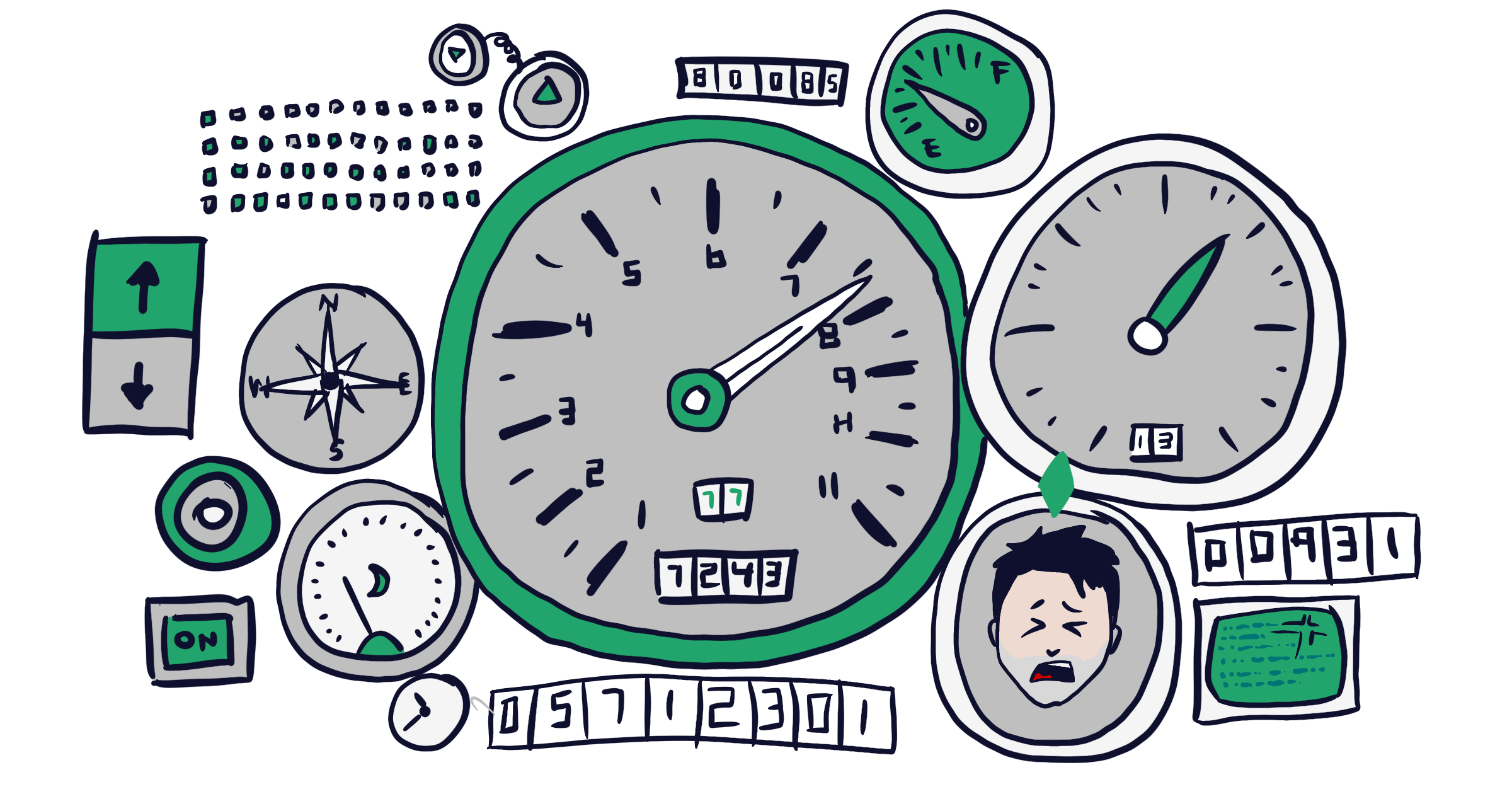You might be familiar with the Painometer already, sometimes known as the Faces Pain Scale-Revised and a few other scales designed to measure pain objectively as part of research.
Which, let’s be honest, is a bunch of nonsense.
Pain is a subjective experience. Your worst pain is not the same as mine. And perhaps we shouldn’t focus so much on measuring which of ours is better or worse, but instead think about how it impacts our respective selfhoods—our motherfucking selfhoods—and how we can support each other.

Today, however, we’re focusing less on the clinical gaze of disability—as Alex Haagaard would call it—and more on simply how my permanent pain impacts my daily life.
I’m making a Buddhist distinction between pain and suffering, as I feel pain all the time but try to not suffer from it too often.
Sometimes I’m not successful in this and allow the pain to become suffering by lashing out at myself and others.
I’m both fallible and will keep trying.
My painometer
Fun fact: I’ve only had 1 pain free day since 2003.
- No pain: Pain free!
- Minimal: My pain is barely noticeable; there’s a tightness.
- Mild: I feel a low level of pain that only enters my awareness when I pay attention to it.
- Uncomfortable: My pain is troubling but I can ignore it most of the time; I am able to continue most activities.
- Moderate: I have moderate pain but it doesn’t break my activities or concentration; I’m guarding how I move.
- Distracting: My pain is distracting and breaks through my concentration but is still tolerable; my activity level changes.
- Distressing: My pain is intense and preoccupies my thinking; I can complete tasks but it is difficult and I must stop some demanding activities; I should take pain medication or other pain reducing agent.
- Unmanageable: I’m in pain all the time. It keeps me from doing most activities.
- Intense: I’m in intense pain that makes concentration difficult; I can only do non-demanding activities; I’m taking pain medication. I can’t carry on a conversation well. My attention is on my breathing.
- Severe: I can’t concentrate on anything else; I’m sweating, my breathing is irregular, I can do almost nothing. I can barely talk.
- Immobilising: Excruciating pain; constant; no moving.
Okay, so now that you’ve got my scale, let’s look at how this impacts my daily life.
Take a moment to reflect, where are you most often?
For the last twenty years, my dial has been permanently set at 3—except for that one day in 2019.
Bad days—sometimes with migraines, sometimes without—can reach a 9.
Nowadays I have medication that dials the 9 back to a 3, 90% of the time.
I’m so fucking thankful for that. Like the idiot I am, I went 16 years without any medication to address my severe migraines. I’m still working on addressing the pain.
So, what is your baseline like, where do you live life?